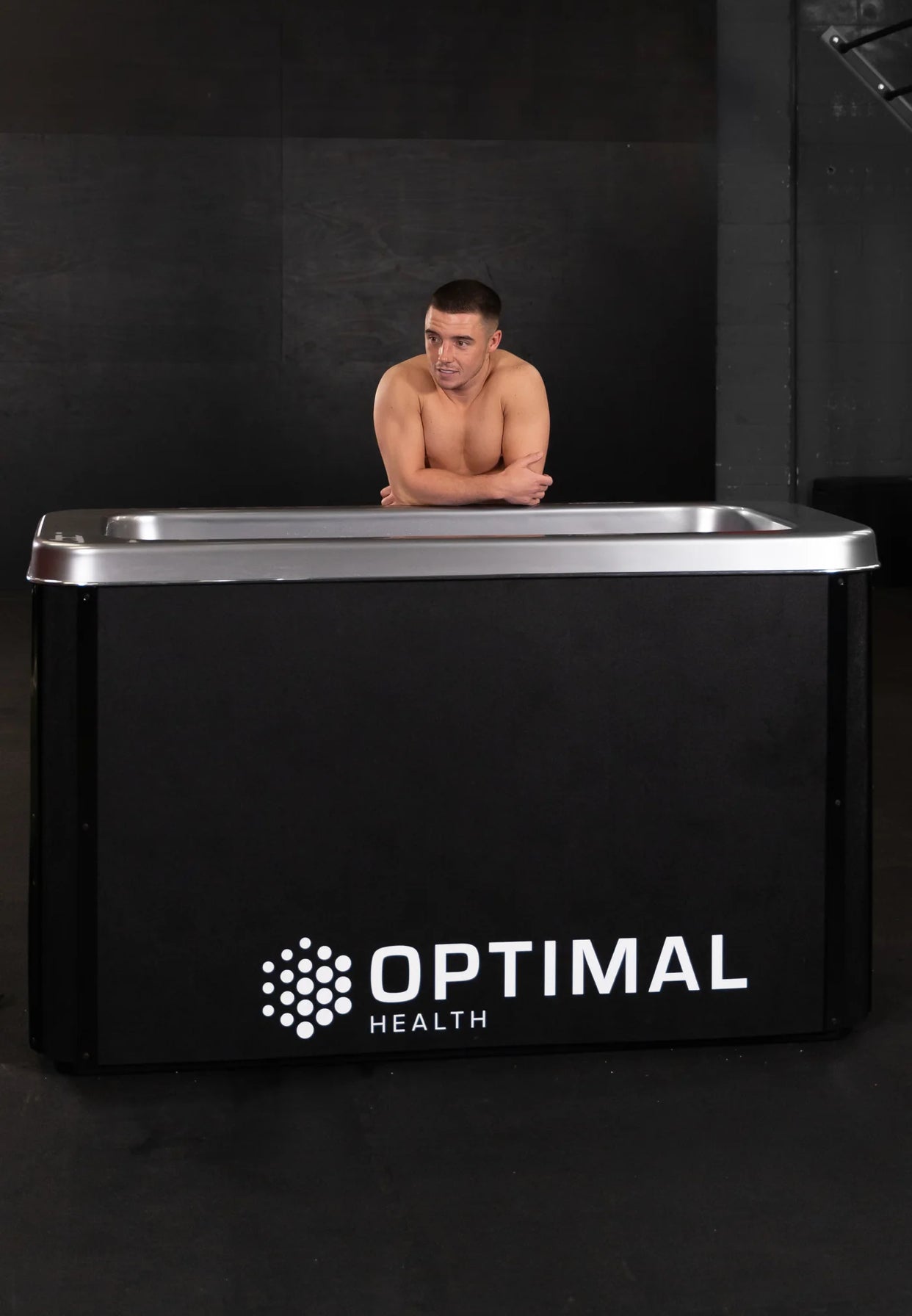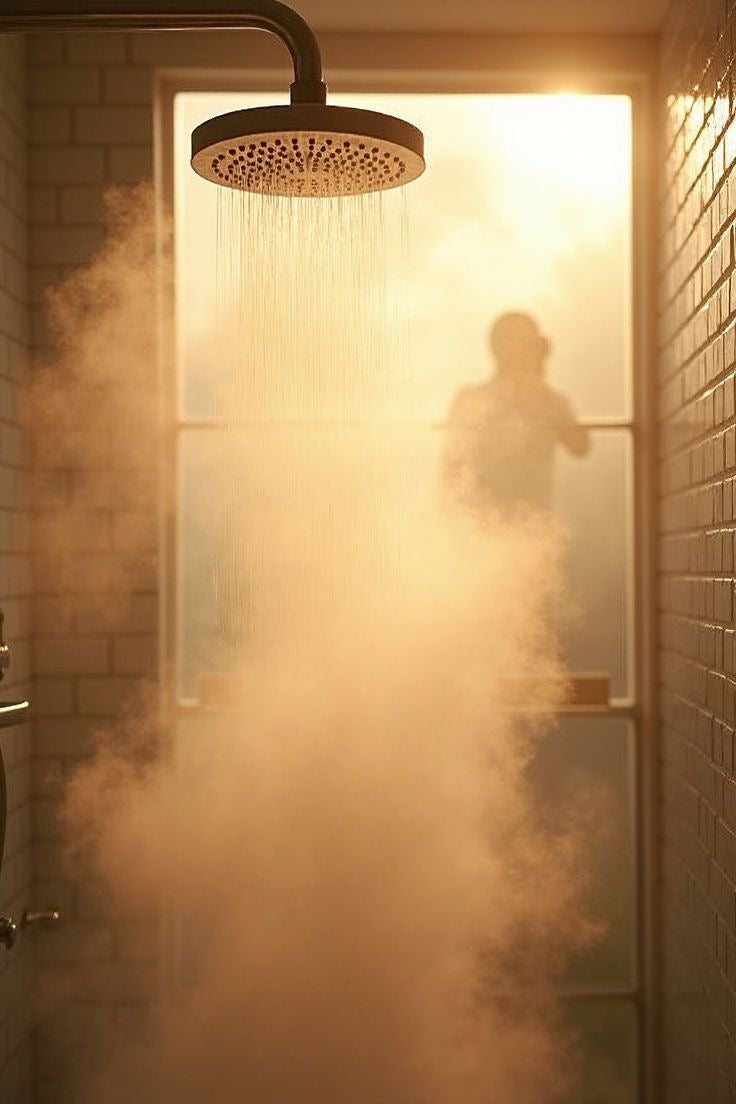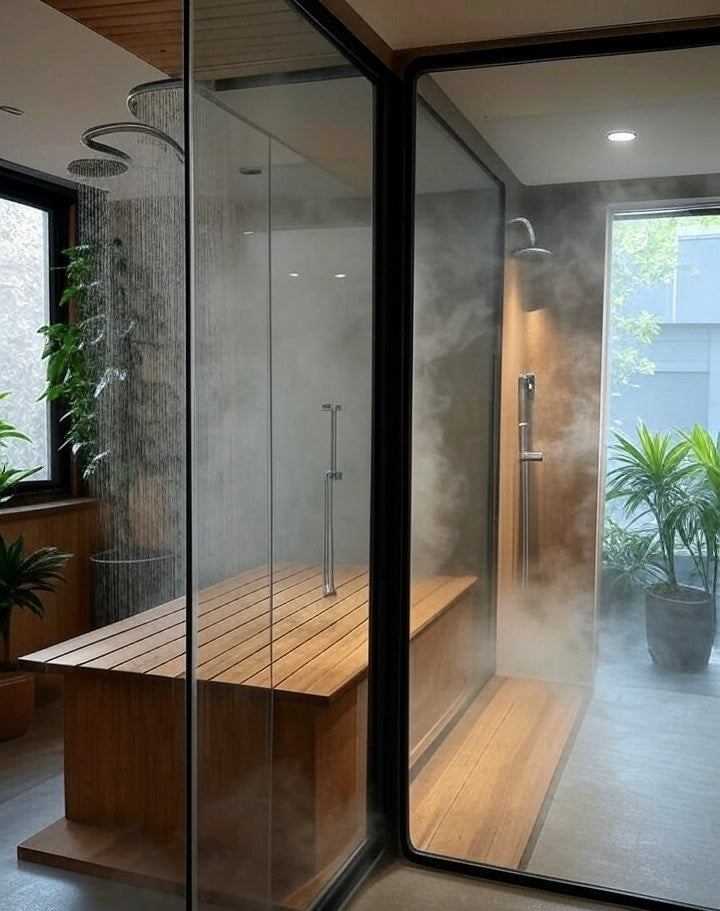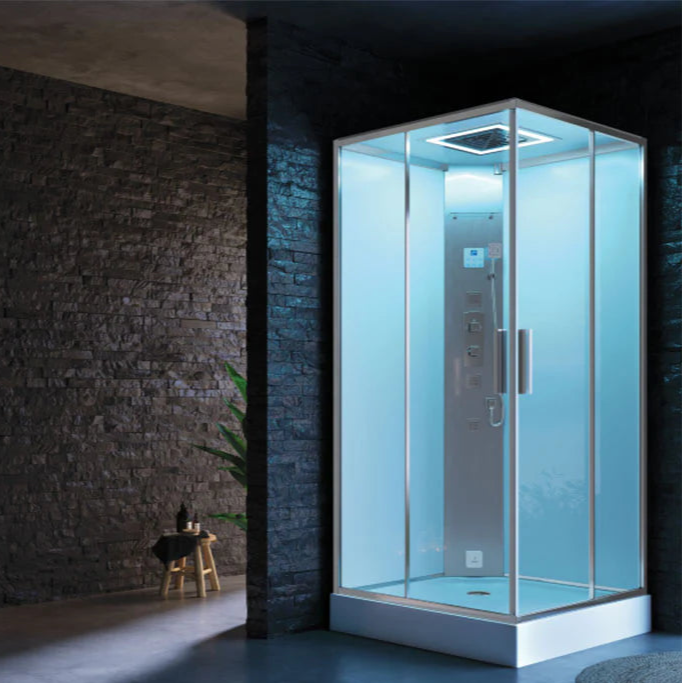Choosing your Cold Plunge Tub is no joke—it’s like picking a loyal ice bath companion! Short answer: the best materials are stainless steel, fibreglass, and polyethylene. Why? They're durable, easy to clean, and keep the chill in. Read on to find your perfect freeze partner.
Choosing the Best Material for Your Cold Plunge Tub

This section sets the stage for understanding why material choice matters for your Cold Plunge Tub. From durability to design, selecting the right material balances cost, maintenance, and performance.
Understanding Key Material Considerations
Your choice of material shapes your entire cold plunge experience. Let’s break down the key factors below.
Durability and Longevity
Different materials handle wear, temperature changes, and environmental exposure in unique ways. Stainless steel is famously robust and corrosion-resistant.
Fibreglass offers long-lasting performance with minimal cracking.
Polyethylene is rugged and impact-resistant, perfect for outdoor or portable setups.
Insulation Properties
Good insulation keeps your water consistently cold while saving on energy costs.
Fibreglass shines here with layered construction that traps the chill.
Polyethylene offers decent insulation.
Stainless steel may lose cold faster unless paired with extra insulation.
Cost and Budget
Budget always matters.
Polyethylene is usually the most affordable, making it ideal for entry-level tubs.
Fibreglass strikes a balance of price and performance.
Stainless steel and concrete are premium choices with higher upfront costs but serious longevity.
Maintenance and Hygiene
Ease of cleaning is vital for sanitary plunging.
Stainless steel is non-porous and resists bacteria.
Fibreglass’s smooth surface is easy to keep clean.
Polyethylene is low-maintenance, though it may show wear over time.
Concrete needs sealing to stay mould-free.
Aesthetic and Design Flexibility
Your material choice defines your tub’s look and vibe.
Stainless steel brings a sleek, modern style.
Fibreglass allows smooth, coloured finishes.
Polyethylene is functional with basic colours.
Concrete offers nearly limitless custom design with tile or paint finishes.
In-Depth Look at Popular Cold Plunge Tub Materials
Here’s a closer look at the most common choices.
Plastic (e.g., Polyethylene, Heavy-Duty PVC for Inflatables)
-
Pros: Affordable, lightweight, easy to maintain.
-
Cons: Weaker insulation, variable durability (especially inflatables), potential safety risks for DIY setups.
Stainless Steel
-
Pros: Highly durable, modern aesthetic, hygienic, chemical-resistant, custom fabrication options.
-
Cons: Pricier, may lose temperature faster, can be slippery, usually requires professional installation.
Fibreglass and Acrylic
-
Pros: Excellent insulation, smooth non-porous surface, easy cleaning.
-
Cons: Less customisable than concrete, generally higher cost than plastic.
Concrete
-
Pros: Exceptionally strong and long-lasting, highly customisable with finishes like tile or paint.
-
Cons: Not naturally insulating (needs added insulation), higher initial cost, longer installation time.
Other Materials (e.g., Wood, Stock Tanks)
-
Pros: Natural aesthetic (wood), budget DIY options (stock tanks).
-
Cons: Wood needs regular sealing, stock tanks may lack insulation and comfort.
Beyond Material: Additional Factors for Your Decision
Your tub’s material is just one piece of the puzzle.
Think about these other essential factors before you choose.
Chiller Compatibility and Temperature Control
Consider whether your material supports integration with chillers for reliable, precise cooling.
Materials that insulate well reduce the demand on chillers.
Size, Capacity, and Space Requirements
Material choice affects the shapes and sizes available.
Polyethylene and fibreglass offer ready-made, standard sizes.
Concrete and stainless steel allow for truly custom dimensions.
Filtration and Sanitation Systems
Your chosen material should work well with filtration systems.
Smooth, non-porous surfaces like stainless steel and fibreglass make cleaning and disinfection easier.
Portability vs. Permanent Installation
Polyethylene and inflatables are highly portable.
Stainless steel can be moved with care.
Concrete is best for permanent, custom-built spa spaces.
Conclusion
The best Cold Plunge Tub material depends on your goals and budget. Polyethylene suits portable, budget-friendly setups. Fibreglass balances insulation and durability. Stainless steel offers premium style and hygiene. Concrete delivers custom luxury. Choose wisely and enjoy the ultimate chill in your Ice Bath Tub or Cold Plunge Tub!






